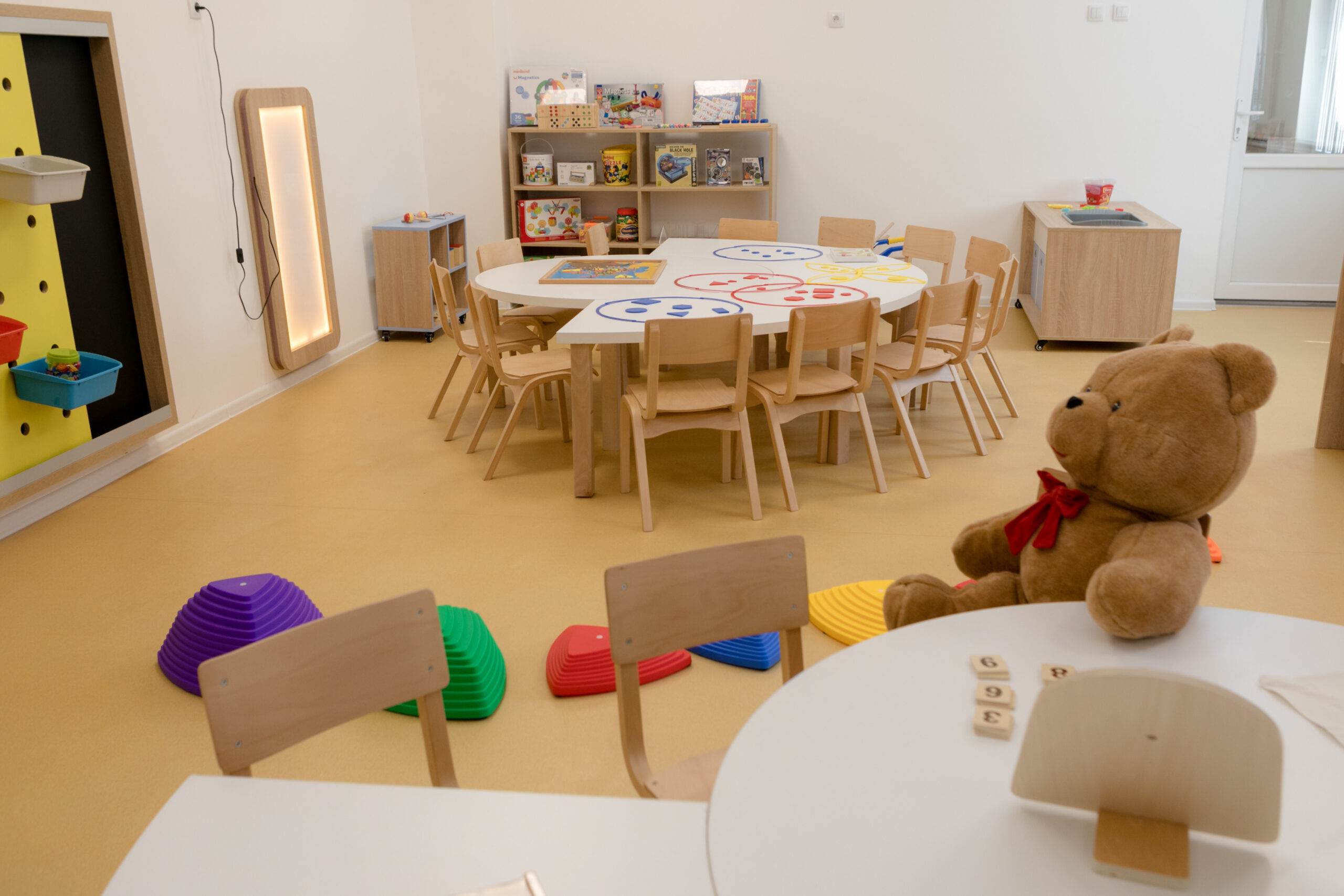Special education has changed quite a lot in the past few years. Here are some of the most recent trends we’ve observed, and how they could affect your child.
1. The Use of Crowdfunding
Crowdfunding – made popular by websites such as Kickstarter and Patreon – is a method of funding projects or ideas by bringing potential donors together. In effect, it’s the online version of a bake sale. In the last few years, we’ve seen cash-strapped schools turn to this in the hopes of raising enough money to buy basic supplies when the school’s budget simply isn’t large enough to support the program. DonorsChoose is a common choice”¦ and if your child’s school seems to be struggling to get funds, it might just be worth a look.
2. Sorting English language learners more effectively
Most of the tests used to identify problems in development have one fatal flaw – they’re only available in English. This poses a huge problem for English language learners, who may be quite fluent in another tongue but unable to properly understand questions even when the text is patiently read aloud to them. There’s a growing push here to properly differentiate between children who are still learning English and children who have actual disabilities – and to locate the small percent of children who are unlucky enough to be both.
If your child is still learning English, be sure to mention this to the school district and see if you have any options for testing in their first language. For example, a professional translator may be able to interpret the questions and help your child answer them more accurately.

Copyright: Olesia Bilkei
3. Use of technology
Technology has advanced to the point where it can identify an individual child’s disabilities and adjust itself based on the answers to their questions. In effect, it’s learning about them and working to provide the most optimal education. Children with special needs who are physically capable of using technology are almost certainly going to continue using it throughout their schooling, which means that special education teachers need to understand the technology and be familiar with how it works.
As a parent, you also need to understand tech safety and what forms of technology are most appropriate for your child’s use. Your child’s teacher may recommend certain types of technology (desktops, tablets, etc.) or programs (such as educational apps or websites) that can supplement your child’s education, and the more you know about them, the easier it will be to help your child get the best possible education.
4. Private school vouchers
Private school vouchers have been gaining momentum in recent years, particularly after a united call to start paying attention to them and the benefits they offer to children with special needs. Many school districts are reluctant to offer them because they’re more expensive, but there are times when private schools are better-equipped to teach students with special needs than public schools are. The debate is likely to continue for the foreseeable future, so it’s important to look at your own district’s policies and decide whether or not this is an option worth pursuing.

Copyright: Eleonora_os
5. More involvement with IEPs
As a parent, you want the best education for your child – but schools often have their own way of deciding which services to offer, and going through the IEP process can be frustrating if you think your child won’t be getting everything they need. That’s why parents like you have started to get more involved with the process (yes, more involved, as if you hadn’t been doing enough already!) and find ways of getting the most from an IEP.
Special education is in an odd place because so much of what it does is based on the unique needs of each child – so it can be hard to tell how special education is changing, or even if it’s doing anything at all. Right now, though, things are trending in a positive way – and we hope to see this trend continue.












